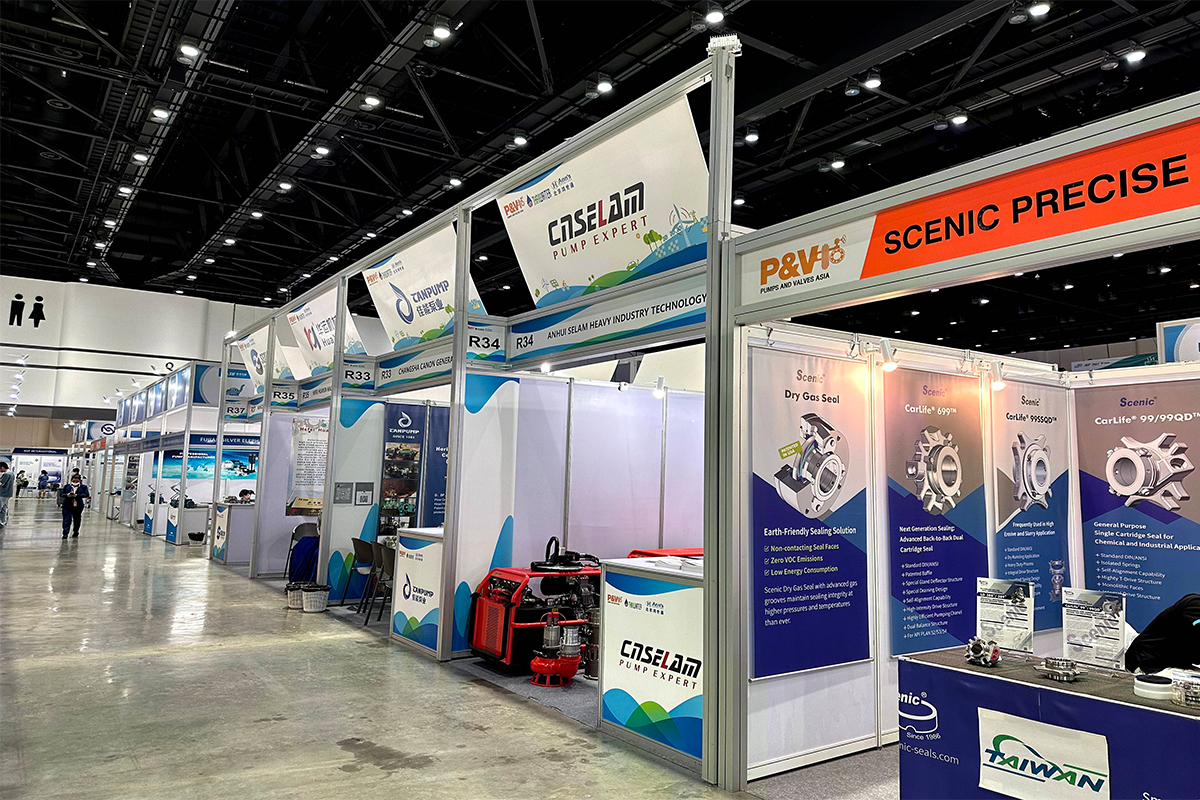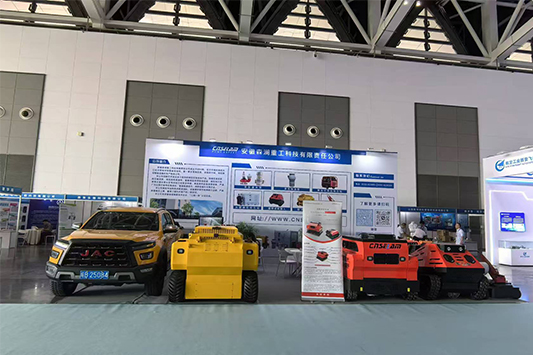Comparison between hydraulic drainage robot and traditional drainage equipment
Release time: 2025-02-25
Compared with traditional drainage equipment, intelligent hydraulic drainage robots have significant advantages and different working methods. The characteristics, advantages and disadvantages, and application areas of the two are as follows:
Working Principle
Hydraulic drainage robot: powered by a hydraulic drive system, the robot is equipped with a variety of tools such as a mechanical arm, brush, and nozzle, which can automatically perform cleaning, inspection, and repair tasks in narrow and wet pipes. Through high-definition cameras and sensors, the robot can be operated autonomously or remotely to provide real-time monitoring.
Traditional drainage equipment: relies on manual or simple mechanical devices (such as pumps and dredging machines) to clean, inspect, and repair pipelines. Most traditional equipment requires manual intervention and requires entering and exiting the pipeline.
Efficiency comparison
Hydraulic drainage robot: can efficiently perform multiple tasks such as cleaning, inspection, and repair, and complete the cleaning of pipelines in a relatively short time. It can work continuously and accurately, greatly reducing working time.
Traditional drainage equipment: low working efficiency, long manual operation time in complex pipeline environments, and may need to enter and exit the pipeline multiple times for different cleaning and inspections.
Adaptability to the working environment
Hydraulic drainage robot: has strong environmental adaptability and can enter narrow, slippery, and complex drainage pipe environments.
Traditional drainage equipment: requires manual entry into the pipe, which poses a great safety hazard, especially in wet, narrow or toxic and harmful environments, where the risk of manual operation is high.
Safety comparison
Hydraulic drainage robot: During the operation of the robot, there is no need for manual entry into the pipeline, which avoids the risk of manual contact with harmful substances or working in harsh environments, and ensures the safety of the operation.
Traditional drainage equipment: Workers are required to enter the pipeline for cleaning, inspection, etc., especially in a closed, humid, and heavily polluted environment, and the safety risks of workers are relatively high.
Cost comparison
Hydraulic drainage robot: The initial equipment investment is high. Due to the robot’s efficient working performance and long working life, the maintenance and labor costs are low in the long run. Therefore, long-term use can save a lot of labor and time costs.
Traditional drainage equipment: The initial investment is relatively low and it is more commonly used. However, the labor cost is high, especially when it needs to enter complex environments frequently. Long-term use may lead to higher maintenance costs and efficiency losses.
Automation and intelligence
Hydraulic drainage robot: Hydraulic drainage robot equipment is highly automated and intelligent, and can make autonomous adjustments according to the real-time situation of the pipeline. The sensors and navigation system can automatically locate, avoid obstacles, perform complex tasks, and even operate remotely.
Traditional drainage equipment: Traditional equipment requires manual operation and lacks automation and intelligence functions. It is difficult to deal with complex pipeline conditions during operation, and relies on manual experience and intuition to judge and operate.
Task execution scope
Hydraulic drainage robot: can perform a variety of tasks, such as pipeline cleaning, inspection, repair, dredging, etc. The task range is wide and can meet the high requirements of modern drainage systems.
Traditional drainage equipment: limited to basic cleaning, dredging and other tasks. When dealing with complex problems, it may require the collaboration of multiple tools and equipment, and manual judgment is required.
Maintenance and management
Hydraulic drainage robot: The initial investment is high, but the robot system usually has a long service life and daily maintenance is relatively simple. The robot can ensure its long-term stable operation through regular inspections and remote diagnosis.
Traditional drainage equipment: More manual maintenance is required, and the repair cost is high when the equipment fails. For some old equipment, the maintenance cost and downtime are long.




.png)
.png)
.png)